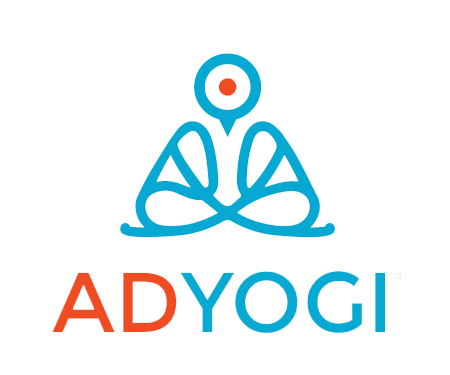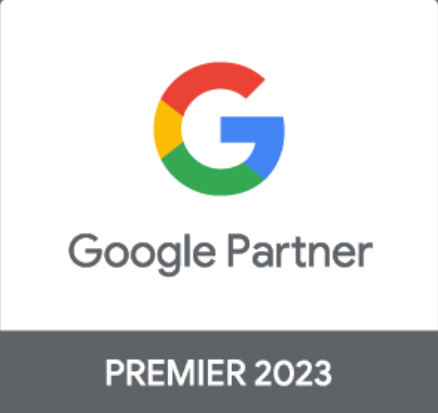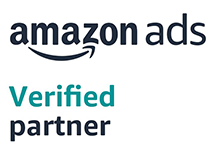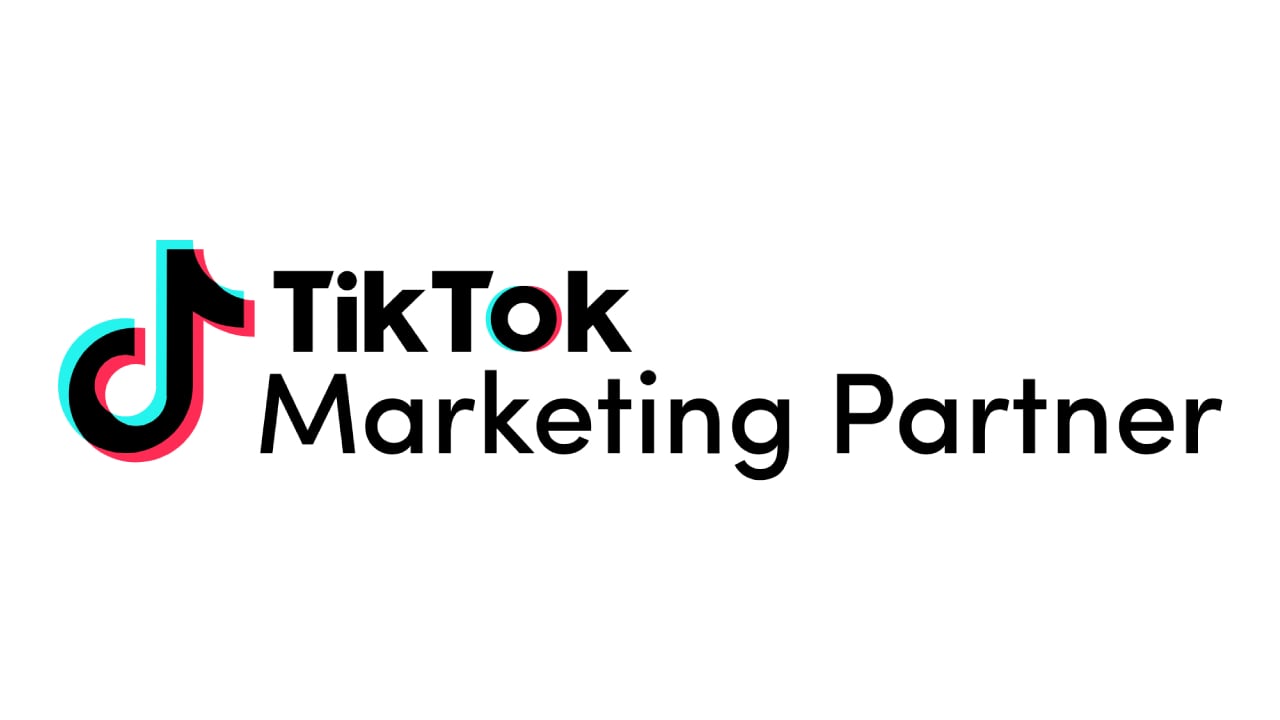Why should you run a sale?
-
A sale is an attractive opportunity for an audience to make a purchase. It motivates the audience to make a purchase.
-
A consumer is more likely to make a purchase on a item with discount than on an item at MRP.
-
The traction on the sale ads increases which leads to better traffic on the website which then helps in retargeting these audiences later.
What should be the frequency of an eCommerce sale?
-
Monthly: You can run a “payday” sale that can either be run towards the end of the month or the start of another month or overlap of both.
-
Weekly: A sale every week on a day or two that generally sees lower sessions on the website or lower sales have shown better results.
-
Festive season sale: An occasion-specific sale such as freedom sale with discount on independence day, rakhi sale and Diwali sale etc. also helps in improving the conversions.
-
End of season sale: For industries where seasons impact the sale performance, an end of season discount should be tried. For example, apparel.
What are the top eCommerce sale types?
- Flat % sale: When a flat discount is offered on top of the retail price of the product.

- Upto % sale: When there are different discount offered on different products and categories. It can be clubbed together to be promoted with the highest discount offer.

- Freebies: When a product is given for free along with a purchase of a certain amount. This may also be promoted as a Buy1Get1 offer or buy 2 pay for 1 offer. Offering the best-selling product as free with purchase helps.

What are the campaign requirements for an eCommerce sale?
A new campaign with a dedicated budget for promoting the sale should be created. This is to ensure:
-
That we’re able to monitor the performance of the sale separately.
-
The spending of a set amount of money on the creatives used for the sale campaign.
-
Targeting in such campaigns should be of audience motivated by discounts.
Once the sale is over, the campaign can be paused without affecting the learning of other campaigns. The same may be restarted in case of a recurring sale.
Examples for sale ad creatives
Running a few ads with the discount communication in the Ad text helps in grabbing the attention and has shown to have yielded better results. It’s recommended to have a new set of creatives for promoting a sale. For example: for health care, single images, videos, and animated gifs tend to perform well. The image of the ad may be a lifestyle shoot image. Make sure sale and strikethrough overlays are used on your ads to communicate the sale clearly.

 How can you run eCommerce sale ads on Google?
How can you run eCommerce sale ads on Google?
-
Ensure that the Google offer is updated on the google ad copies.
-
You may also use one site link extension for promoting the offer and landing on the sale page.
-
Use the promotions extension to highlight the offer.
-
You may update the performance max image with the offer.
Examples:
Choosing the right discount offer can be tricky, but it doesn’t have to be. There are countless types of discount, and most of them are fairly straightforward. You can choose a percentage of your products, you can select a fixed amount or you can also opt for a mix of both. Discount can be offered at any point in your sales funnel, but they’re most commonly used to convert site visitors into customers.
With Adyogi's, digital advertising creative platform you can run sales on your e-commerce website and generate more revenue. We automate digital Ad creation to establish an automated prospecting, targeting, and retargeting approach that targets the client's merchandise and cross-promotes using cutting-edge technology, to boost sales. We've been able to increase client revenue by upscaling it 7x - 8x through Adyogi's performance-based solution. Get in touch to see how we can help you grow your business online.







-1.png)






